Cloudberries
and Grandma Gunhild's pancake recipe!
Cloudberries
With the trunk filled with plastic buckets and bowls my parents would drive us the seven or eight hours up to the Finnish Lappland to search for gold. A very special kind of gold. Cloudberries. We call them hjortron in Swedish. Like gold these berries have to be found. They grow in or near difficult to reach wet areas, like mires and bogs, mostly in the arctic regions. Most guard these cloudberry locations like deep secrets. They only last a short while and are highly desirable by both animals and humans.
Picking them is brutal both on the back and skin — mosquitos, gnats and horse flies are abundant and aggressive. Stooping over and standing on a mire is also not for the weak. But the end result is worth it! Cloudberries can be eaten raw but most make them into jam, or freeze them for smoothies during the long dark winter months when vitamins are in demand.
Nowadays you can find cloudberry jam even at IKEA, but back then it was a rarity and definitely something home made or purchased at a local farmers market. Some of the fondest food memories from my childhood was having a bowl of vanilla ice cream sprinkled with freshly made cloudberry jam! It was and is a divine tasting experience! Try them if you can get hold of them. They are beautiful as decorations on layer cakes and cup cakes and anything that asks for a bit of decadence. It’s organic gold, remember.
Arctic brambles
We call them åkerbär — field berries. These are fairy tale berries that came through to our world. They are some of the most delicious and fragrant berry flavors you will ever experience. I still treasure that one single time my dear grandmother, Gunhild, found enough of them to make one small jam jar worth.
It was with great ceremony and joy we sat down to scoop small small teaspoons worth of arctic brambleberry jam on her homemade silver dollar pancakes (which she fried in a cast iron pan with plenty of butter so that the edges were bubbly and perfectly crispy!). This is one of the culinary highlights of my life.
Here’s Gunhild’s dollar pancake recipe that I have framed and saved.
2 deciliter milk
1/2 teaspoon salt
1 deciliter wheat flour
Fry in butter (not margarin)
The dough should be poured thinly into pan to avoid getting too thick.
That’s it. We’d sit and eat these small and round disks of savory sweetness as soon as they were made. You could say we were a living assembly line of pancake eaters! The key was the cast iron pan and the massive amounts of butter. Buttahh!!
Try Gunhild’s pancakes and let me know what you think!
I have written before about the arctic bramble, or arctic raspberry as it also is called.
Then the taste of the berry that should be picked when alone with ones thoughts. Often while chased by mosquitos, and even more often while half-intoxicated by the scent of the wild seaside herbs and plants that are in a mad stampede to grow and bloom and reproduce before Fall takes them. There, somewhere close to the black humus covered soil, they are. The Arctic raspberry.
Reverently, most reverently of all picked berries, they are placed in the bare palm of my hand. They must not be crushed. They are almost too fragile for this climate yet they exist. I find two and experience a brief flush of joy similar to that from childhood. I stumble back over hidden roots and through thickets of young aspen. When was the last time I walked in wilderness?
I taste the berries. Within each berry is a world full of stars.
So where do they grow, these fairy tale berries? The arctic bramble, as the name reveals, grown in the arctic regions and we oftenmost found them in ditches. These fragile beautiful plants love water and shade, and ditches provide both. As soon as their purple elegant flowers emerged we’d start memorizing where we would later on find the berries. They’re almost as elusive as the cloudberry in the sense that you rarely find lots of them in one place. I might recall two or three moments in my entire life when I’ve found a vast area of ripe arctic brambles.
To signify this I photographed the one single berry I found in 2023 when I visited Finland. Mires and ditches are now dying features in the Finnish landscape. Farmland is vanishing leaving mostly large farms behind. Large farms have large fields, and ditches no longer exist in fields. I forgot to mention that we’d wander out in the fields along the ditches to look for these berries.
Chanterelles
The rumor was that my Grandfather, Sven, knew all the best mushroom spots on our hill and forest. And he didn’t tell anyone where those spots were, so we used to run around trying to find the mother lode of our favorite fungi — the yellow chanterelle!
Grandfather, the hunter who knew forests and the plants and animals in it, would bring home various other mushrooms as well, which he insisted that Grandmother put in some kind of salty brine. I remember the Tupperware containers filled with grey slimy mushrooms. He would eat them on a thick slice of bread with butter. Always the butter!
There was one single spot along the road to our house, where the moss and rocks curved inward near the pines and birches. It looked like nature’s bus stop. A little C-shaped area. That’s where chanterelles, kantareller, would grow. Some years. Not every year, and oh what a disappointment it was those years when we didn’t spot any golden mushrooms. Chanterelles were the only mushrooms we children dared to pick because we were 100% sure we recognized them and were able to identify them.
The best way to prepare chanterelle mushrooms that you have picked yourself? Fry them in a cast iron pan with butter. It is a crime to do anything else with them. If you’re lucky, someone has made fresh bread that is the spongy kind with a thick chewy crust, and you can load a bit of buttery fried chanterelle on top of the bread and sit in silence while you eat and taste the wild and salty forest flavors. Outside it’s raining a bit and the room is only lit by the light that shines in through the lace curtains. Chanterelles are best eaten in dim light.
Enjoyed reading this? Here are more, dare I say cozy, reports from Finland!
This essay is presented for the Soaring Twenties Social Club (STSC) Symposium. The STSC is a small, exclusive online speakeasy where a dauntless band of raconteurs, writers, artists, philosophers, flaneurs, musicians, idlers, and bohemians share ideas and companionship. Each month STSC members create something around a set theme. This cycle, the theme was “Summer.”
Want to support me? Please buy my new book Aubade and tell your friends!


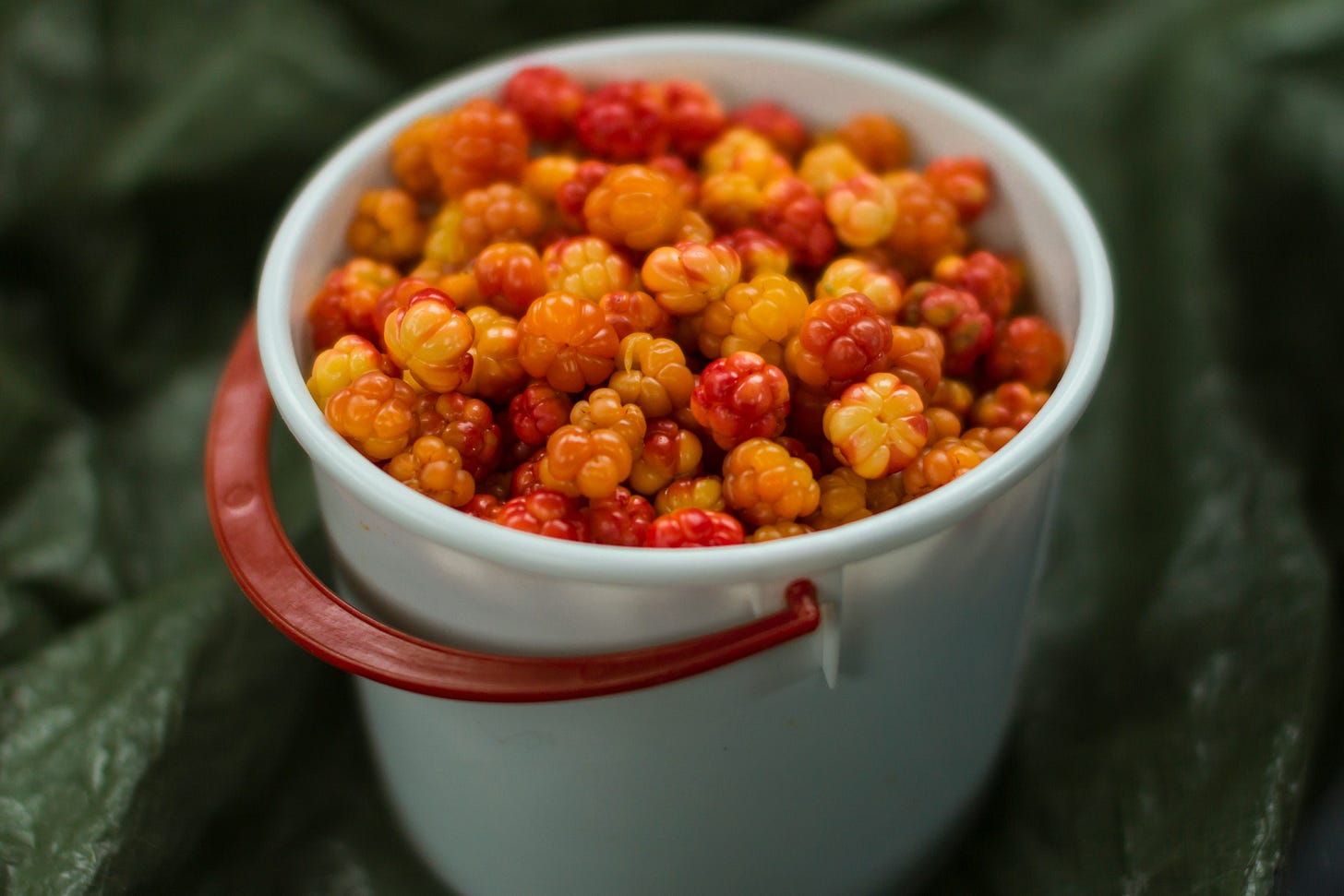
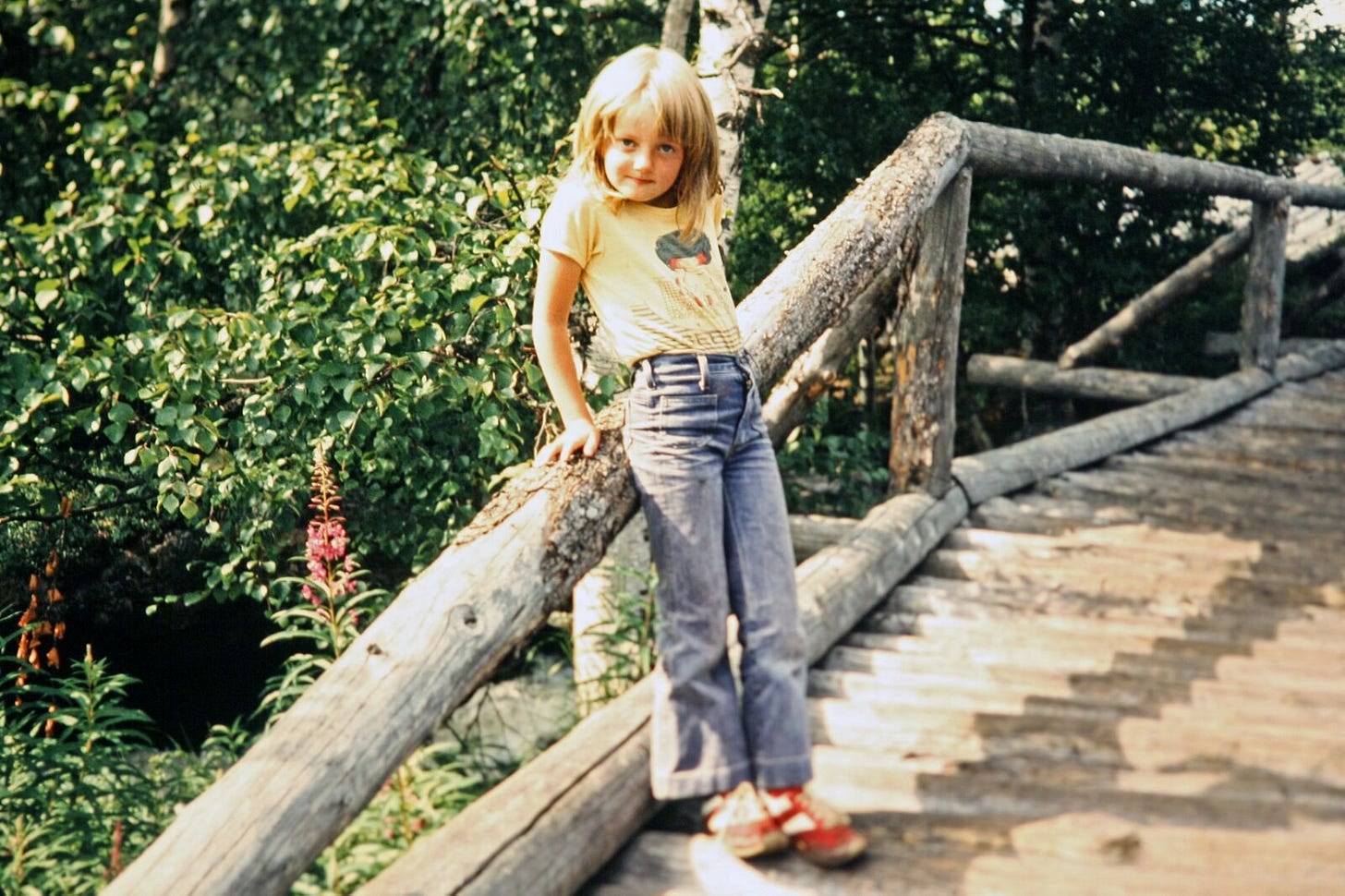
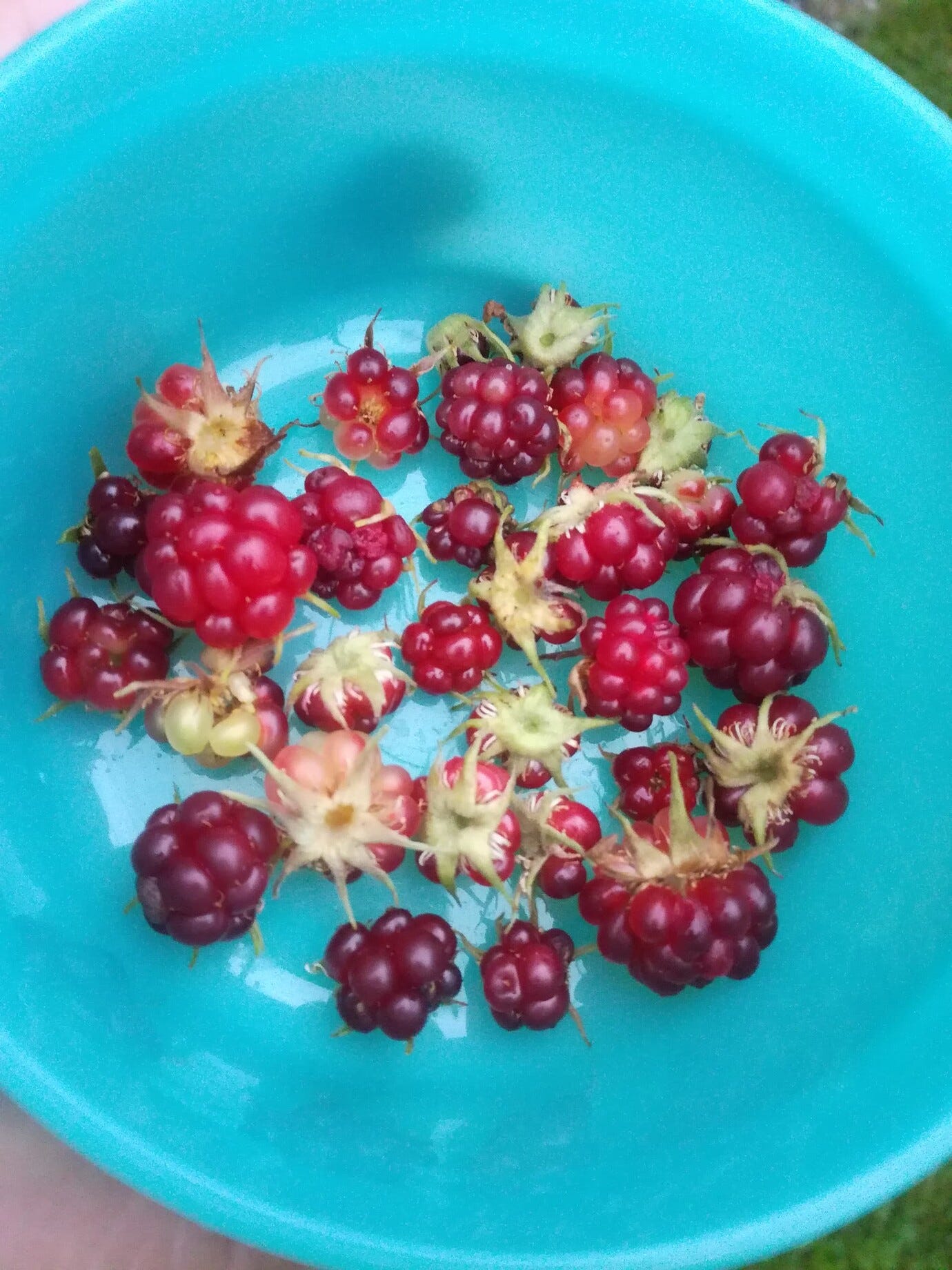
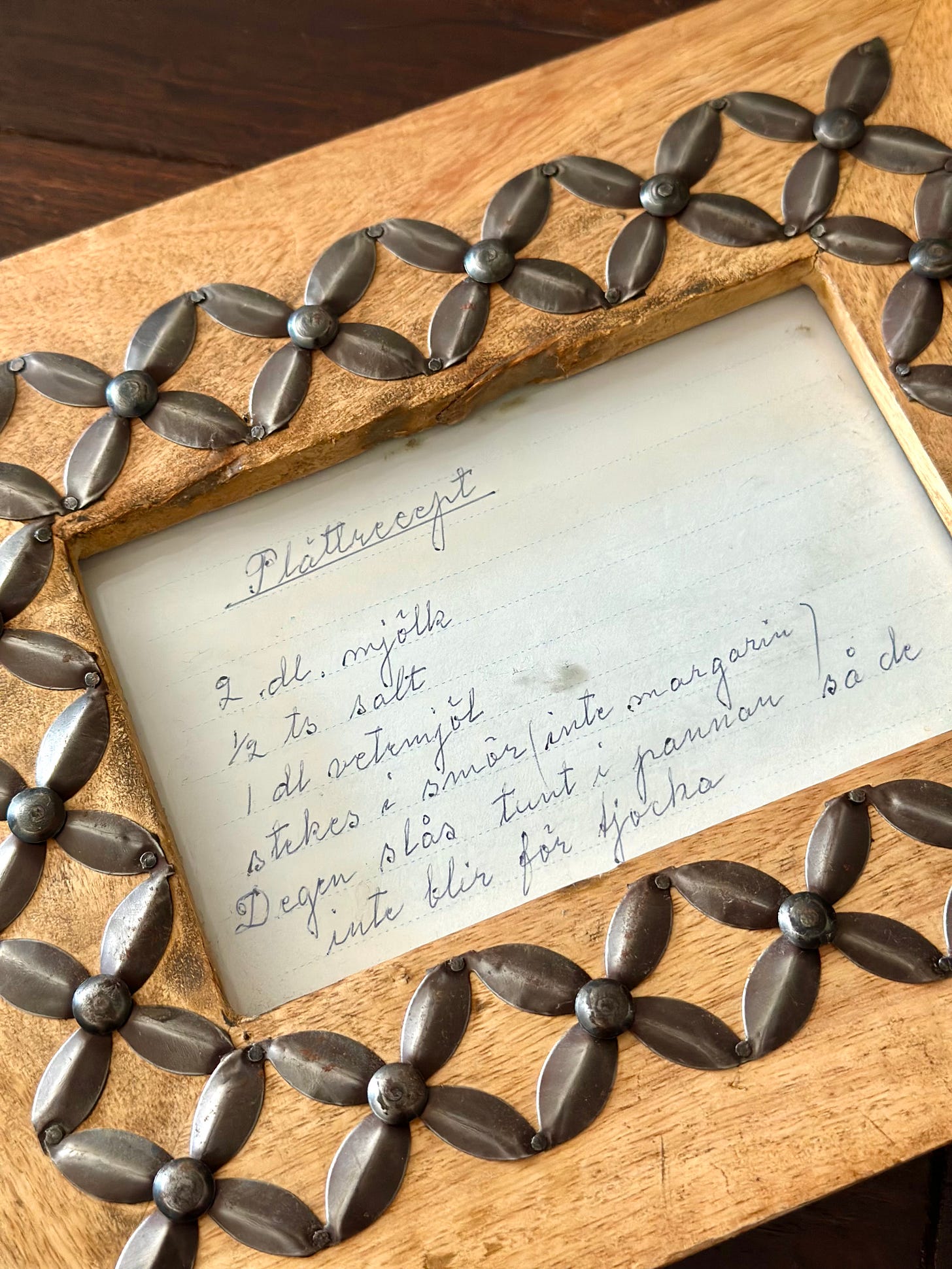

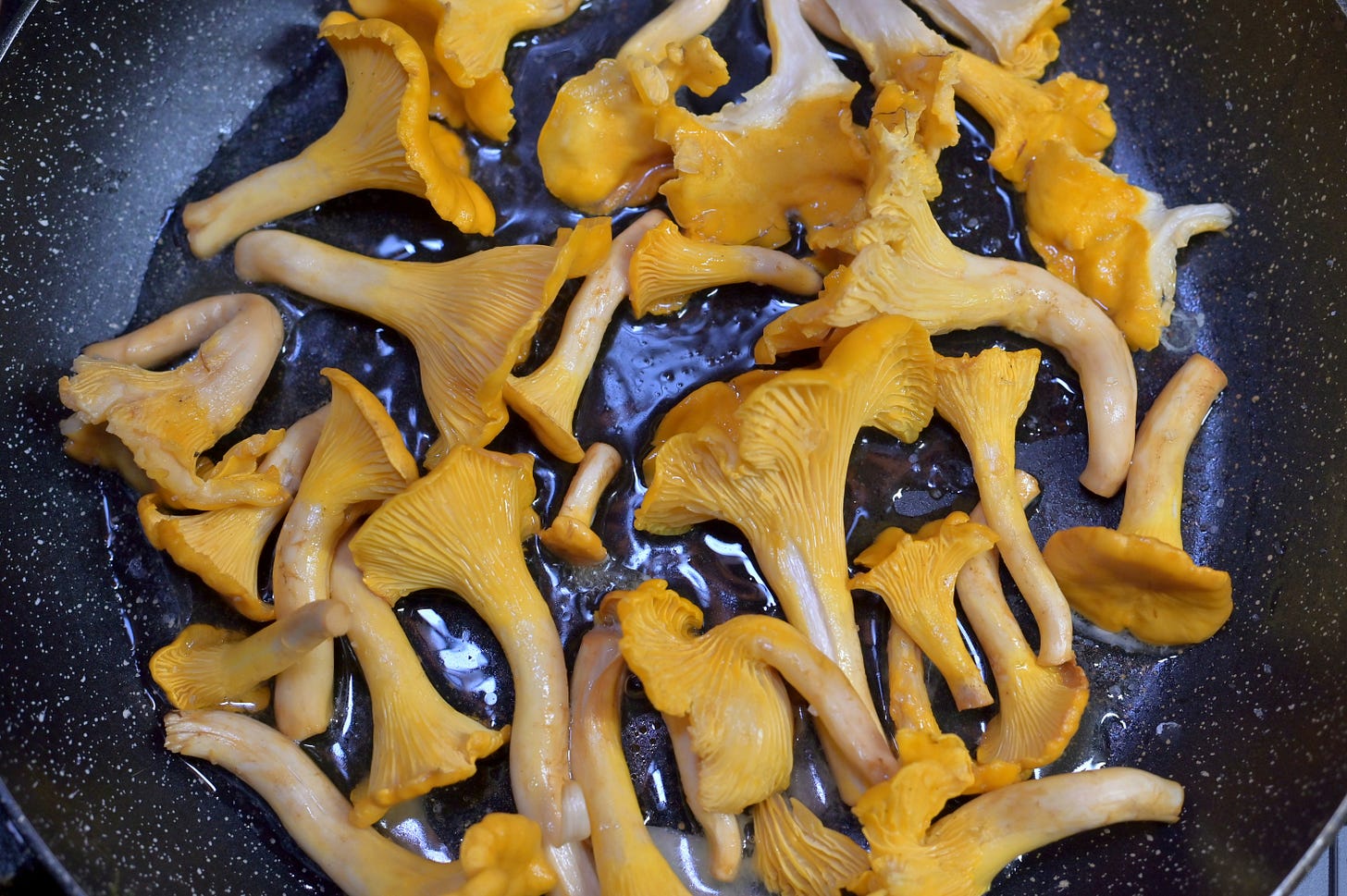

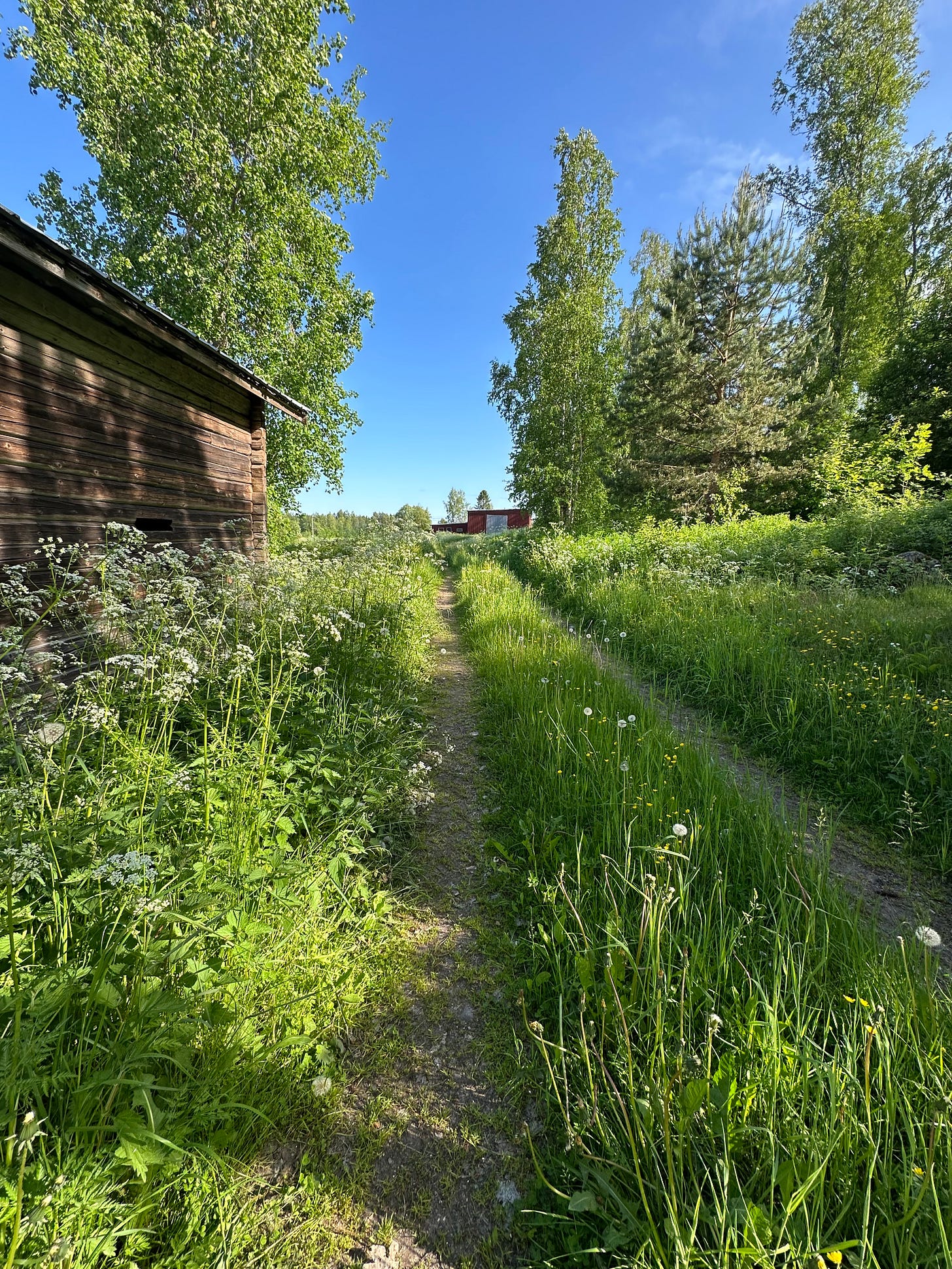

Oj, blir riktigt sugen❤️
I love this. That's such a cool story. I want to try cloudberries now.